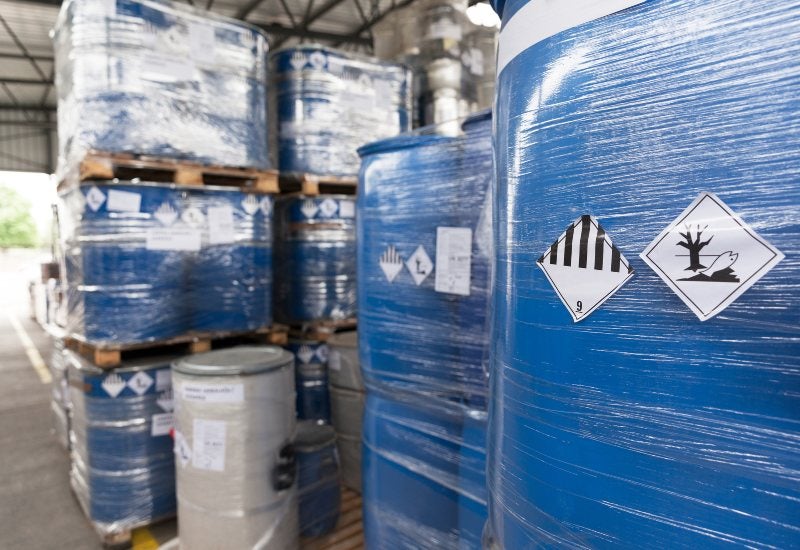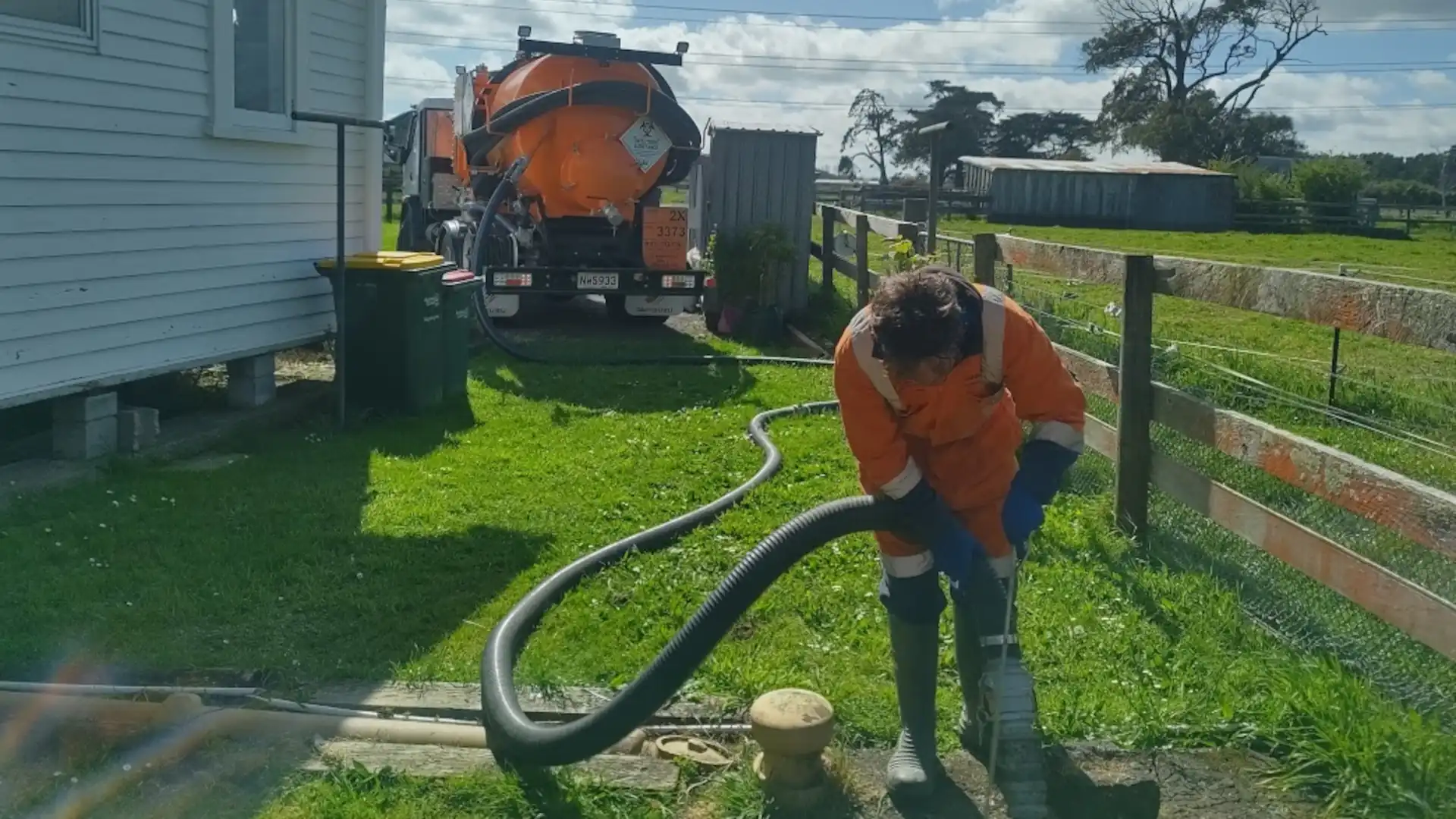Just How Fluid Garbage Disposal Works: A Comprehensive Summary of Techniques and Technologies Employed

Overview of Liquid Waste Types
The intricacy of fluid waste kinds requires a detailed understanding of their characteristics and effects for disposal. Fluid waste can generally be classified right into a number of types, consisting of commercial, metropolitan, farming, and harmful waste. Each classification shows distinct residential properties, calling for details monitoring methods to alleviate ecological and health risks.
Industrial fluid waste stems from manufacturing processes and often has a series of pollutants, such as heavy metals, solvents, and natural compounds. Metropolitan fluid waste, mainly making up wastewater from houses and business establishments, contains natural matter, nutrients, and pathogens (industrial wastewater treatment). Agricultural fluid waste, including drainage from farms, might have fertilizers, chemicals, and animal waste, posing threats to water quality and communities
Harmful fluid waste is characterized by its toxicity, sensitivity, or possible to cause harm. Understanding these varied fluid waste kinds is vital for creating effective disposal techniques and ensuring compliance with environmental guidelines.
Physical Therapy Approaches

Screening is the preliminary action, where bigger bits and debris are removed from the liquid waste making use of displays or grates. This procedure shields downstream tools from damage and guarantees smoother procedure. Adhering to testing, sedimentation uses gravitational force to separate solids from fluids. In sedimentation tanks, heavier particles resolve at the base, developing a sludge layer, while the cleared up liquid can be additional dealt with.
Purification is one more vital method that involves passing the fluid with porous products, such as sand or membranes, to record smaller fragments. This action boosts the quality of the liquid, making it appropriate for succeeding therapy processes.

Chemical Treatment Methods
Chemical treatment methods are important for effectively taking care of liquid waste, specifically in dealing with liquified and colloidal contaminants that physical techniques may not appropriately eliminate. These strategies utilize different chemical representatives to counteract, speed up, or change harmful materials into much less dangerous kinds.
One usual approach is coagulation and flocculation, where chemicals such as alum or ferric chloride are included in advertise the aggregation of suspended particles. This process boosts sedimentation, enabling for simpler removal of the resulting sludge. Furthermore, oxidation processes, utilizing agents like chlorine or ozone, are used to damage down complex natural compounds and microorganisms, making the waste more secure for discharge or additional therapy.
Neutralization is another important strategy, which readjusts the pH of acidic or alkaline waste streams to neutral levels, stopping possible harm to downstream systems and the environment. Additionally, advanced oxidation processes (AOPs) use mixes of oxidants and ultraviolet light to degrade persistent contaminants, accomplishing a higher level of treatment effectiveness.
Organic Therapy Processes
Biological treatment processes play a vital duty in the monitoring of fluid waste by making use of microbes to decay raw material and lower impurity degrees. These processes can be generally Continue categorized into anaerobic and cardio therapies, each utilizing particular microbial neighborhoods to accomplish effective waste degradation.
Aerobic therapy includes the usage of oxygen to promote my response the break down of organic products by microorganisms. This process is typically applied in turned on sludge systems, where oygenation tanks provide a helpful atmosphere for microbial growth, resulting in the oxidation of organic toxins. The resultant biomass can be separated from treated effluent via sedimentation.
In contrast, anaerobic therapy takes place in the absence of oxygen, counting on various germs to damage down raw material. This approach is especially advantageous for high-strength waste, as it creates biogas, a renewable resource source, while decreasing sludge manufacturing. Technologies such as anaerobic digesters are often employed in commercial and community applications.
Both anaerobic and cardiovascular organic treatments not just reduce the ecological effect of fluid waste however additionally help with source recovery, making them crucial parts of sustainable waste administration approaches. Their flexibility, effectiveness, and efficiency support their extensive application throughout various industries.
Arising Technologies in Disposal
Cutting-edge techniques to fluid garbage disposal are rapidly advancing, driven by innovations in modern technology and an increasing emphasis on sustainability. Amongst these arising modern technologies, membrane layer website here bioreactors (MBRs) have obtained traction for their ability to integrate biological treatment with membrane layer purification, leading to top quality effluent that can be reused in different applications. MBRs allow smaller footprints and more efficient operations compared to conventional systems.
Another promising development is using anaerobic food digestion integrated with nutrient healing innovations, which not just treats fluid waste yet likewise produces biogas and recuperates useful nutrients like nitrogen and phosphorus. This double benefit enhances resource performance and lowers ecological effect.
Furthermore, progressed oxidation processes (AOPs) are being embraced for the deterioration of complex natural toxins. These techniques use effective oxidants and stimulants to damage down pollutants at the molecular level, offering a very effective solution for tough waste streams.
Additionally, the combination of synthetic intelligence and machine understanding in waste monitoring systems is enhancing operational performance and predictive upkeep, bring about lowered expenses and improved ecological compliance. These modern technologies show a significant change in the direction of more sustainable and effective fluid garbage disposal techniques.
Final Thought
In conclusion, efficient liquid garbage disposal requires an extensive understanding of numerous methods and modern technologies. The combination of physical, chemical, and organic treatment approaches makes sure the reliable administration of diverse waste types. Moreover, the development of cutting-edge technologies boosts therapy effectiveness and advertises sustainability in waste management techniques. By continuously progressing these techniques, it becomes feasible to resolve the growing difficulties associated with liquid waste, eventually adding to environmental management and resource recovery.
Fluid waste disposal is a crucial element of environmental administration, requiring a detailed understanding of different methods and modern technologies customized to various waste kinds. Liquid waste can extensively be categorized into several types, including industrial, local, agricultural, and harmful waste. Agricultural liquid waste, including runoff from farms, might include fertilizers, pesticides, and pet waste, posturing threats to water top quality and ecosystems.
Various physical therapy techniques play an important function in handling liquid waste properly - industrial wastewater treatment.In verdict, effective fluid waste disposal requires a detailed understanding of different techniques and innovations
Comments on “Comprehensive Liquid Waste Disposal: Solutions for Homes and Companies”